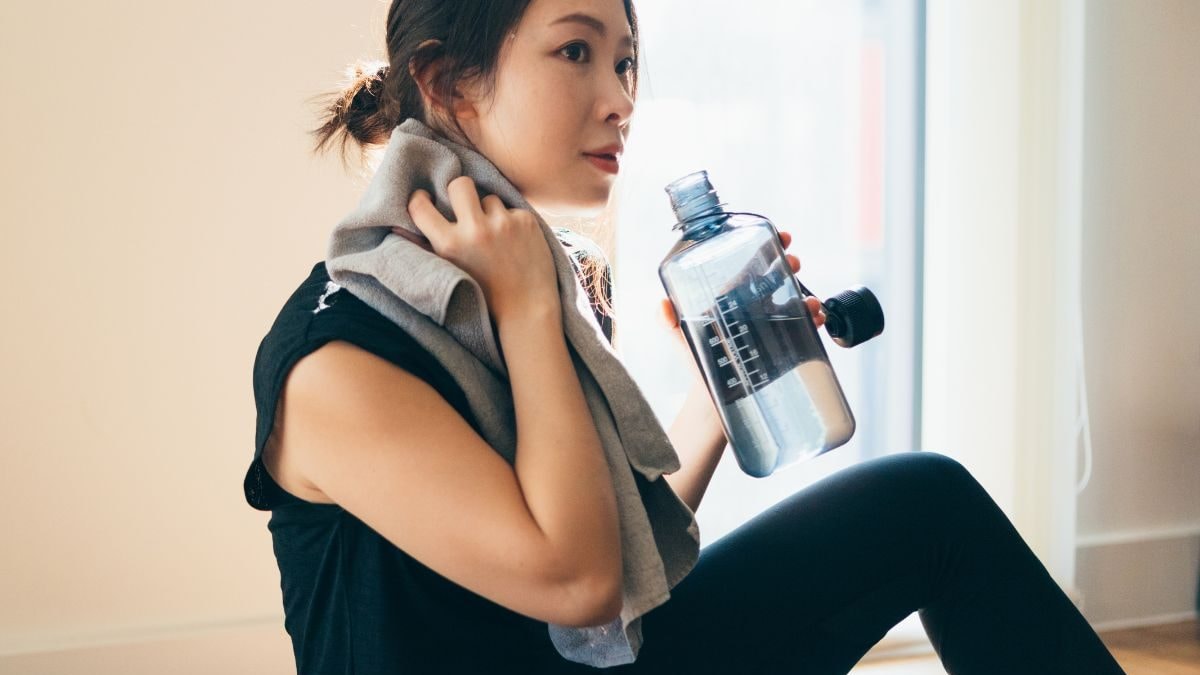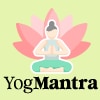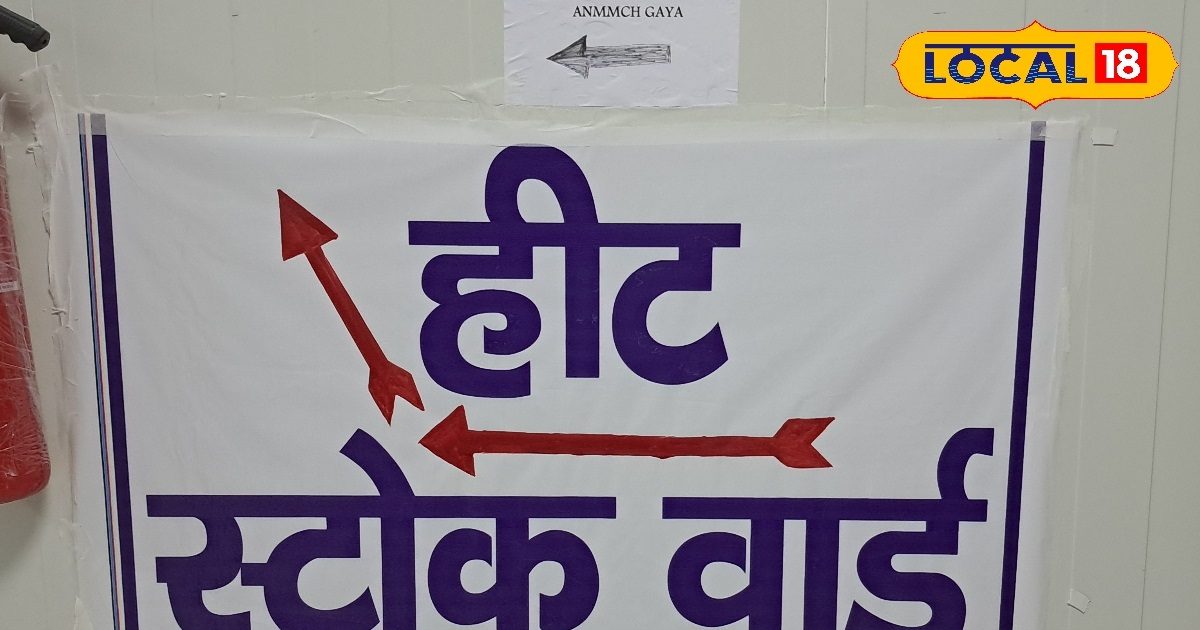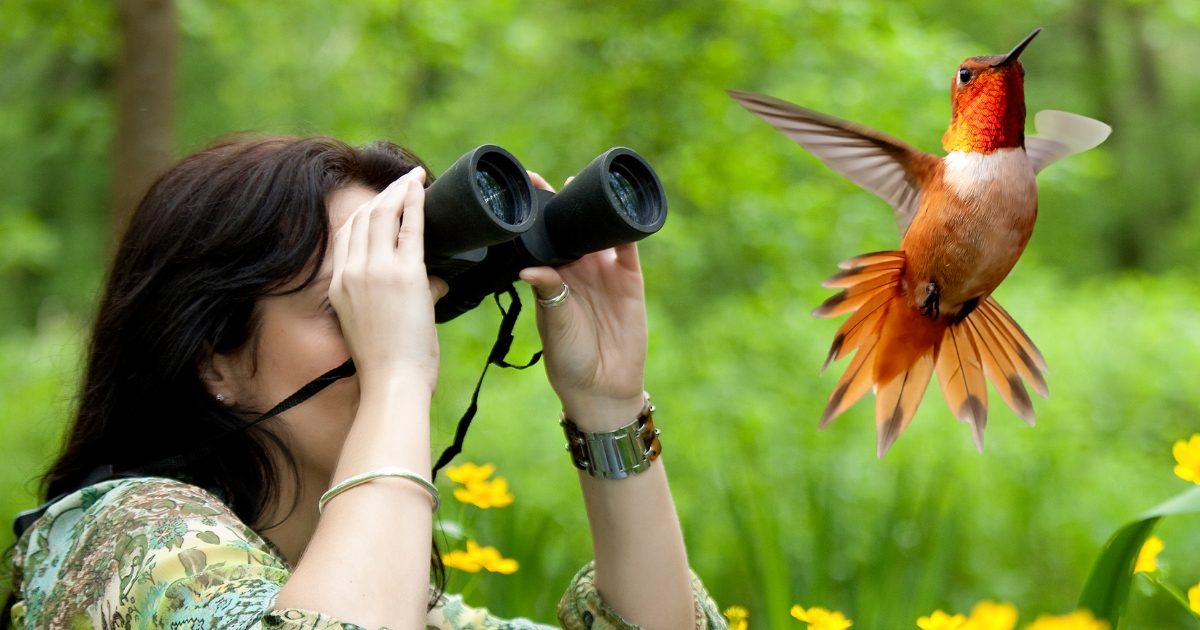[ad_1]
“Select Asanas as per your age, health, situation and the climate. You don’t have to do all the Asanas all the time,” says Dr Hansaji Yogendra, Director of The Yoga Institute Santacruz, Mumbai. If you happen to be a stickler for discipline and regularity and must stick to your regimen, do your practice at sunrise and don’t forget to ‘cool off’ at the end with relaxation techniques.
Below are excerpts from an edited interview where Dr Hansaji shares her knowledge with practitioners about Yoga in soaring temperatures.
KEEP YOUR COOL THROUGH THESE PRACTICES
• More of relaxation techniques such as Savasana, Makarasana, Dridhasana and Nispand Bhava must be done, and also simple meditation.
• Develop an awareness about yourself. If you feel there is excess heat in the body, skip Asanas that generate heat. Back-bending Asanas are usually avoided; Asanas that are extreme, or difficult, are also avoidable. None of these are required in summer, in fact, because the body is naturally flexible then.
• Simple movements of Sahaj-bhava Asanas (Sukshma Vyayam) for specific parts are good enough for flexibility. Parvatasana and Yastikasana (See here) are non-fatiguing stretches, and so are the lying-down Asanas like Supta-Vakrasana and Bhadrasana in lying-down position.
• While doing Asanas, if you feel tired, stop it; totally stop! Relax, lie down and practice abdominal breathing for a while.
• The mildest exercise is walking — not in the heat, but around sunrise or sunset. This is also the best time for Asanas, if you have slept well during the night.
• Sitali and Sitkari are cooling Pranayamas. Other breathing practices that make us relaxed and peaceful are Bhramari (Bee breath) and verbal repetition of Om, as these involve long exhalations (rechaka) followed by brief suspension (shunyaka). Another great practice is Equal-Breathing pranayama (full breathing through the abdomen and chest, along with equalization of inhalation and exhalation time). If the meditation or breathing exercises are heating you up, you are probably exerting too much or doing something wrong. Breathing-in and retaining (kumbhaka) generates heat, so avoid that.
• Among Kriyas, Jalaneti with warm water and salt is a must as there is dust in the air, which causes allergic reactions. Yoni Mudra, sitting quietly like in meditation, also helps.
AHAAR, VIHAAR, ACHAAR, VICHAAR
These are the four pillars of Yoga practice and refer to our food, recreation, behaviour and thoughts.
Ahaar: We don’t feel very hungry in summers, but we need more fluids to settle the heat in the body. Vegetable soups, thin buttermilk flavored with mint leaves or fennel decoction, and thin dal are beneficial. Fruits are cooling. Sprouts are good, taken twice a week and steamed, preferably. Lemon and some ginger should go into the body.
Vihaar: Walk for 20 minutes in the morning and take a stroll after dinner. Engage in drawing, painting, singing or reading, rather than complain about the heat. To avoid build-up of frustration and irritation that would lead to health issues, do abdominal breathing before sleeping and think of, or write down, positive things that happened during the day.
Behaviour: Be mild-mannered. Be mindful that tempers are frayed in the heat. Try to help people, without over-exerting yourself. For instance, you could draw the curtains, close windows, and organise hand-fans for the elders in the family — similar to the Japanese fans, those are very pleasant to use.
Vichaar: Do not brood — watch yourself. Try not to get into arguments or tell people they are wrong. Instead, observe and enjoy the variety of people around!
ATTIRE AND ACCESSORIES
Synthetic clothing would make you feel sticky, sweat more, and could irritate those with sensitive skin. Cotton and linen fabric are best for Yoga. The attire should be loose, comfortable and soft, so the skin can breathe. Cotton dhurries — or ideally grass chatais — are preferable to synthetic Yoga mats.
TRANSCENDING HEAT AND COLD
The purpose of Asana itself is to go beyond heat and cold. Patanjali gives three aphorisms on Asana in his Yoga Sutras: Sthira sukham asanam (asana is to be seated in a position that is steady and relaxed); Prayatna shaithilya ananta samapatti bhyam (with effort one can get absorbed in the posture, thus finding the effortless connection with the Divine); Tato dvandva-an-abhighaatah (once the asana is perfected, there are no disturbances from pairs of opposites like hot and cold, good and bad, joy and sorrow). If someone doesn’t reach that level, he or she has been doing Yoga only at the superficial, physical level; as soon as some disturbance (dvandva) occurs, they would be back to square one.
In the Yogendra family, practically all of us were like that. We ate simple food with very little salt, and no chillies since they are heat-producing. Even if something was missing, Founder Yogendra ji and Mother Sita Devi would say “wonderful” and eat it; Dr Jayadeva Yogendra had even simpler tastes and didn’t even care if food was there or not.
We wore cotton or khadi clothes in summer. In cold weather, if we felt the feet or tip of the nose were getting cold, we would add one more layer of clothing, usually less than what others were wearing. Point is, it was simple living, no fuss. And since we were busy with work, the mind did not go to weather conditions.
[ad_2]
Source link





